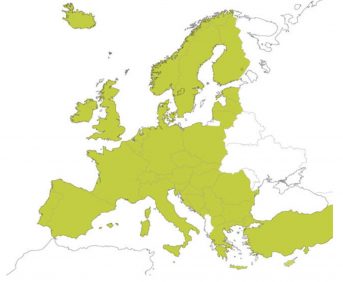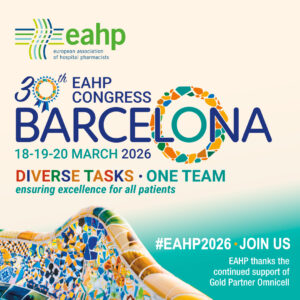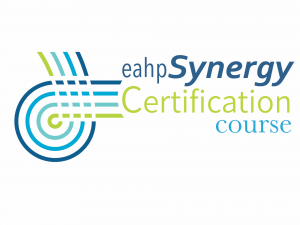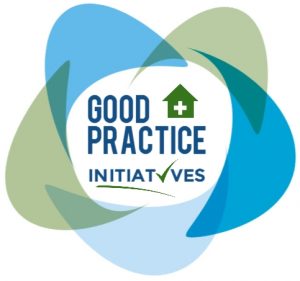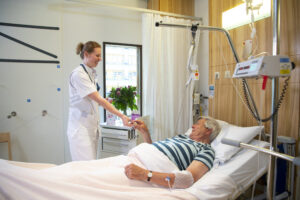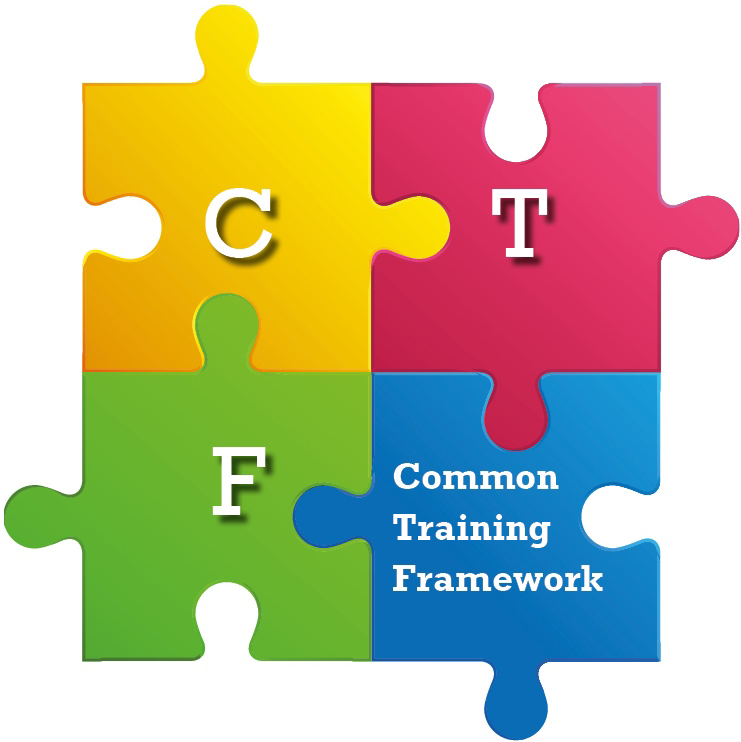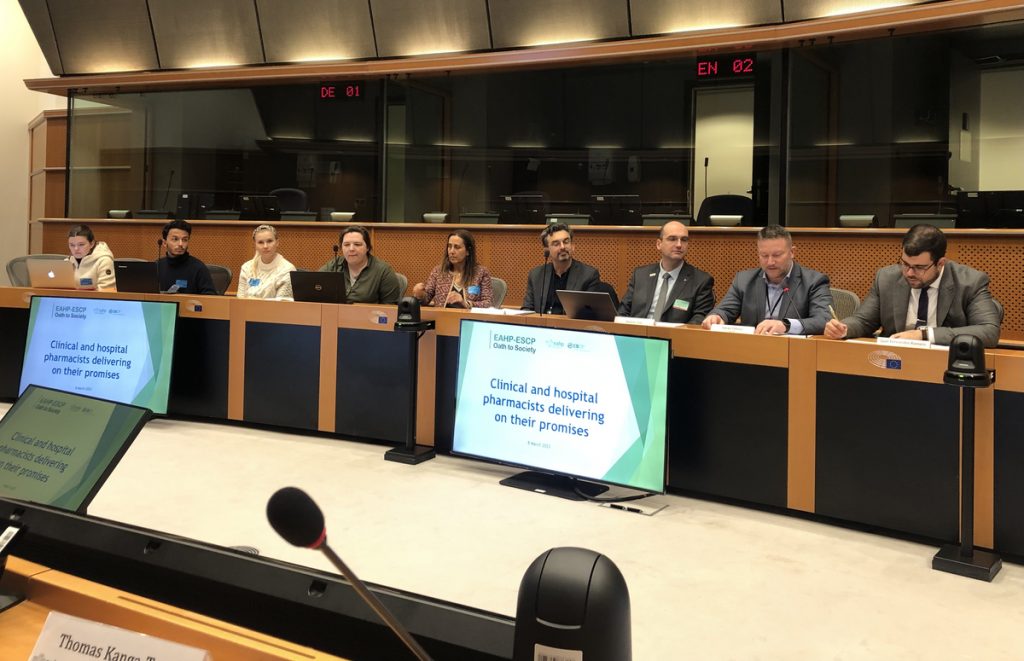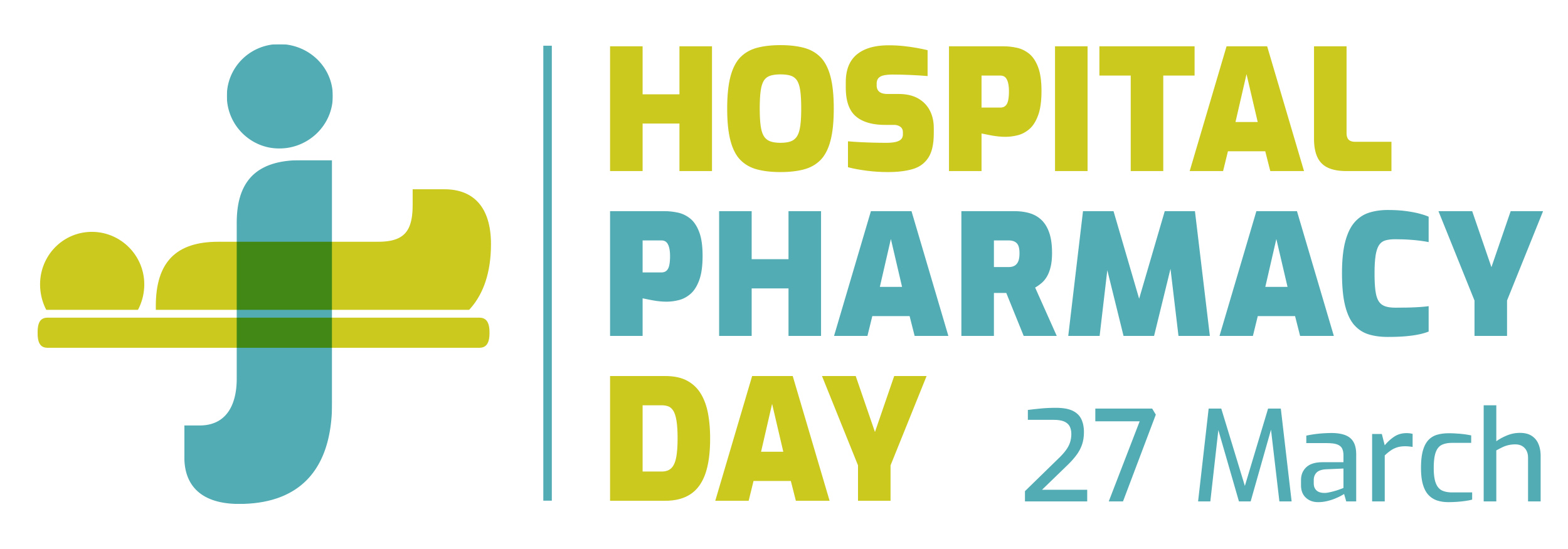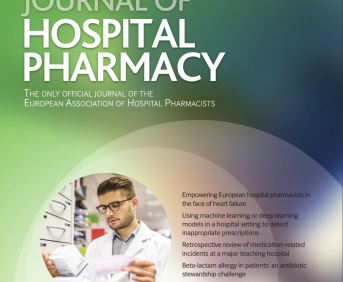DISCHARGE MANAGEMENT: SAFER DISCHARGES AND IMPROVED INFORMATION TRANSFER METRICS
Pdf

European Statement
Clinical Pharmacy Services
Author(s)
Marie-Claire Jago-Byrne, Sinead McCool, Caroline Reidy, Stephen Byrne
Why was it done?
Published research had demonstrated that 50% of discharge prescriptions were non-reconciled(1). A recent study demonstrated that 43% of patients experienced post-discharge medication errors(2). The prevalence of polypharmacy (>5 medications) has increased over the 15 years to 2012, from 17.8% to 60.4% in people 65 years and older in Ireland(3).
What was done?
The aim of this project was to improve medication safety at the point of hospital discharge by using targeted medication reconciliation and producing a computer-generated prescription. This new model for discharge prescribing was introduced for patients who met both of the following criteria in two acute hospitals:
• Prescribed 9 or more medications, at the time of admission.
• Aged 70 years and over
How was it done?
The new model for discharge prescribing used collaborative medication reconciliation and the e-Discharge software to improve the quality of discharge prescriptions. The model was introduced in both hospitals and received support from community and hospital colleagues. Clinical pharmacists became the project champions and worked closely with medics during the change process. Key safety aspects were:
• Clinical double check for this high-risk process- the pharmacist and the doctor sign the prescription.
• Increased legibility
• Explanation for all prescription changes to community colleagues.
Phase 2: The software was further tested on 200 patients in a bench top exercise
What has been achieved?
Phase 1: The overall compliance with the national discharge prescription standards increased from 50.4% to 96.9% with the new model for discharge prescribing. The biggest change in compliance was observed in the three communication categories, which explain to community healthcare providers the rationale behind the medication changes made during the hospital stay. A user acceptability survey of HCP involved in the project demonstrated that all those involved had benefited from improved workflows in hospital and community settings, and more appropriate and efficient use of resources. All users requested expansion of this service.
Phase 2: This review allowed for the improvement of the e-Discharge Software using anonymised patient cases to test issues identified in Phase 1.
What next?
In Phase 3 the model will be introduced to a third hospital to evaluate transferability of the concept alongside current practice outlined above



